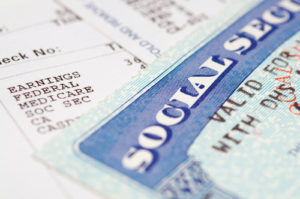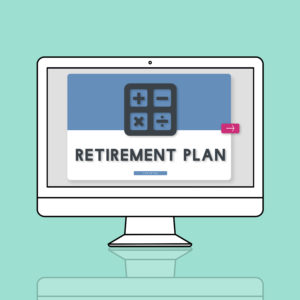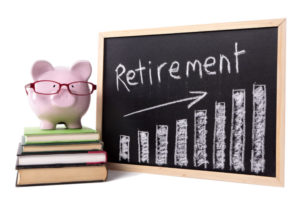Special to the Financial Independence Hub
The average monthly 2016 Social Security check is US$1,341, which is US$45 per day, or a little over $16,000 per year.
Stories abound about how people are not able to live – or only struggle to get by – on their Social Security income in the United States. Even if they can manage to walk the budget tightrope, it’s not much of a retirement to look forward to and usually it’s one that is supplemented with work.
You can do better
Now is the time for you to take control of your finances so that you are financially fit for your retirement..
First you need to learn what your benefit will be upon your retirement age. You can do this by contacting social security .gov, opening an account and seeing your work history and future earnings. This can also be done via phone and snail mail but why? It’s much more convenient to do it online.
Once you know your estimated payout you can get to work doubling it by building a portfolio of dividend paying growth stocks. Or you can use an ETF such as DVY ( iShares Select Dividend ) which yields over 3% at its current price. Mix that with VTI ( Vanguard Total Stock Market ) and SPY ( S&P 500 Index ), both paying over 2% and you have a solid dividend growth portfolio.
While you wait for your retirement date
You can reinvest the dividends while you are in your accumulation phase thus compounding them for faster results. Over time you will see your quarterly dividend payments grow and grow as well as your portfolio value.
Why a dividend fund Continue Reading…






